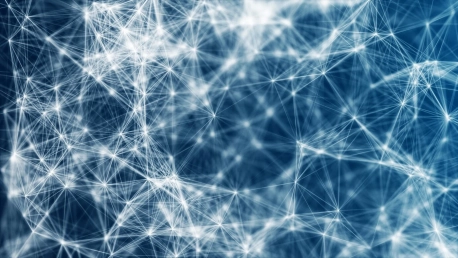Transmission System Operators (TSOs) are at the forefront of an evolving energy landscape marked by renewable energy integration, smart grid adoption, and increased electrification. As the complexity of electrical grids surges with greater interconnectivity, TSOs confront the critical task of strengthening cybersecurity measures. The protection of vital energy infrastructure has become more challenging yet necessary to maintain the stability and reliability of power delivery systems. In the age of advanced smart grid technologies, the imperative of cyber resilience is now paramount. TSOs must diligently work to safeguard against potential cyber threats, ensuring a secure and resilient energy infrastructure as the sector transitions to a more dynamic and interconnected future. This strategic focus on cyber defenses is crucial to mitigate risks in the rapidly transforming energy distribution sector.
Embracing Digitization and AI with Caution
As TSOs increasingly incorporate digitization, artificial intelligence (AI), and the integration of disparate smaller energy systems into their operations, the benefits are undoubtedly transformative—yielding more efficient grid management and advanced planning capabilities. However, the same technologies that provide these advantages also introduce new vulnerabilities. Cybersecurity cannot be an afterthought in the digital grid ecosystem. Rather, it must be woven into the fabric of each initiative, from retrofitting older systems with modern protections to ensuring new deployments are secure by design.Germany’s Redispatch 3.0 exemplifies a response to the complex dance of grid management—aiming to optimize the balance of supply and demand amid fluctuating renewable inputs. Yet, the success of such programs is predicated on robust cyber defenses. As TSOs leverage AI for predictive analytics and real-time decision-making, the potential for system exploitation grows. It’s vital that the algorithms and data streams driving these innovations are protected against tampering and malicious interference. Establishing multidisciplinary teams to oversee AI security is a step toward ensuring that these systems remain trustworthy and resilient.
Modernizing Cyber Defenses Beyond Physical Assets
In an era where decentralized energy grids enhance stability but broaden cyberattack potential, evolving security strategies are crucial. Outmoded approaches like air-gapping falter as grids depend on continuous data flow for efficiency. Instead, advanced frameworks like XPN and modern trust models are vital to counter cyber risks.Security now pivots to data-centric measures, endorsing continuous verification à la zero trust ideologies. Blockchain’s immutable records offer an extra cybersecurity layer, reinforcing the grid against tampering. Transmission System Operators (TSOs) must thus overhaul their cyber defenses, aligning data safety with robust processes and a resilient culture.Uniting cybersecurity and data protection practices is imperative for TSOs steering smart grid evolution. This not only cements grid performance but also shields against the ever-present cyber threats.









